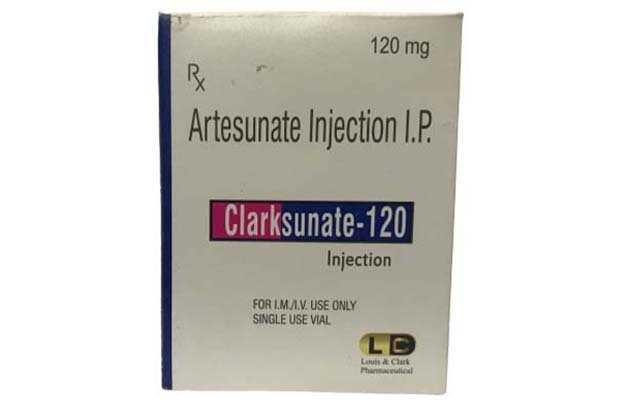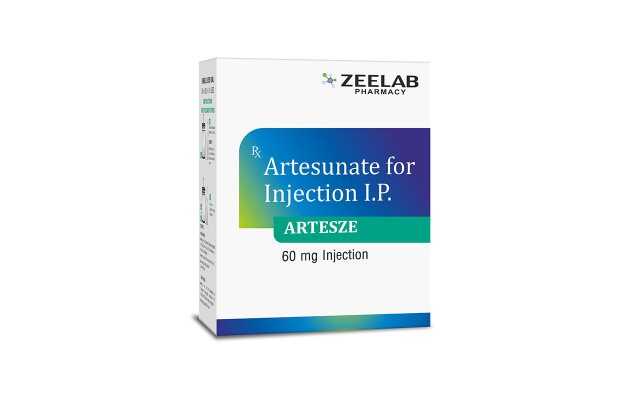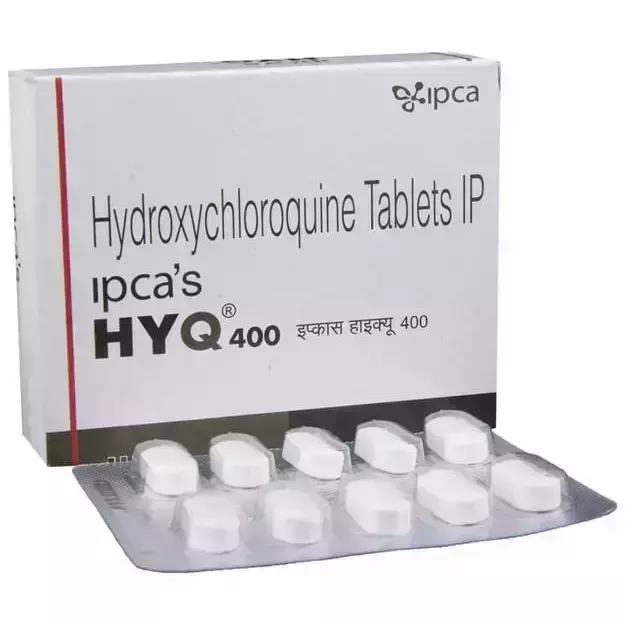Arteross Tablet, a prescription drug, is manufactured in various forms such as Tablet. Malaria are some of its major therapeutic uses.
The correct dosage of Arteross Tablet depends on the patient's age, gender, and medical history. Besides the medical condition it is advised for, the route of administration also plays an important role in determining the correct drug dosage. Detailed information has been provided in the dosage section.
Common side effects of Arteross Tablet include Headache, Nausea or vomiting. While these are the most often observed Arteross Tablet side effects, there are can be others also. These have been listed below. Such side effects of Arteross Tablet normally do not last long and go away once the treatment is completed. Please speak with your doctor if these side effects worsen or persist for a longer duration.
In addition, Arteross Tablet's effect is Moderate during pregnancy and Moderate for lactating mothers. In addition, Arteross Tablet's effects on the liver, heart and kidney are discussed below in the Arteross Tablet related warnings section.
Arteross Tablet can cause adverse effects in certain medical conditions. It is strongly recommended to avoid Arteross Tablet in conditions like Drug Allergy. Other conditions have been mentioned below in the Arteross Tablet contraindications section.
Drug interactions for Arteross Tablet have been reported in the medical literature. A complete list of these interactions is given below.
Along with the above-mentioned precautions, remember that taking Arteross Tablet is considered not safe while driving, and is not addictive.
X









